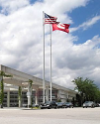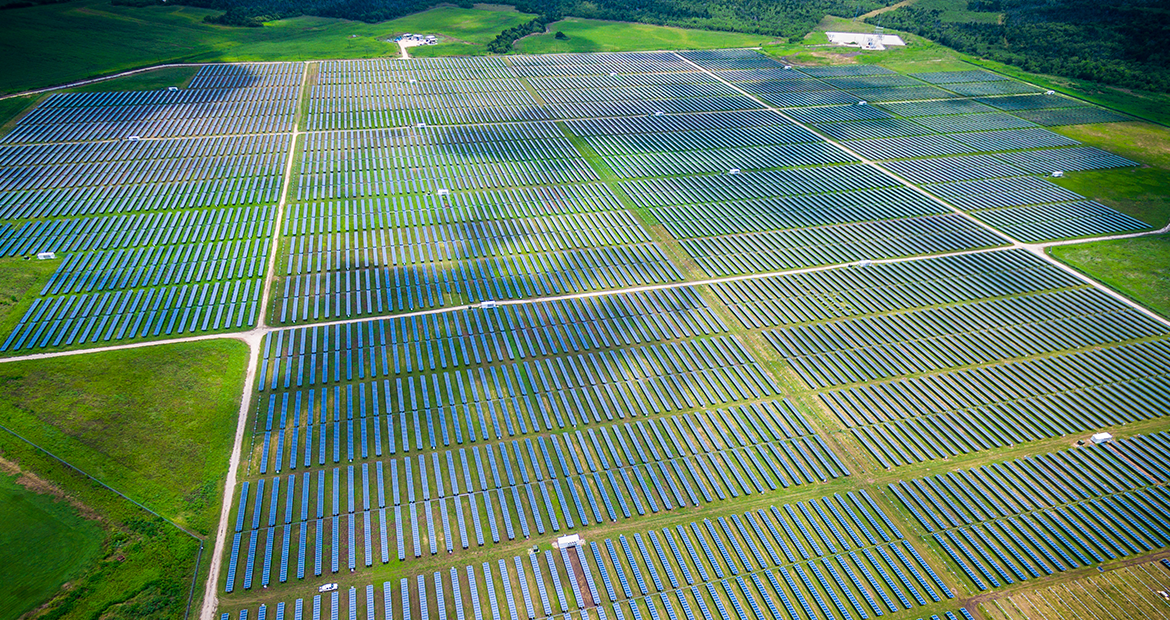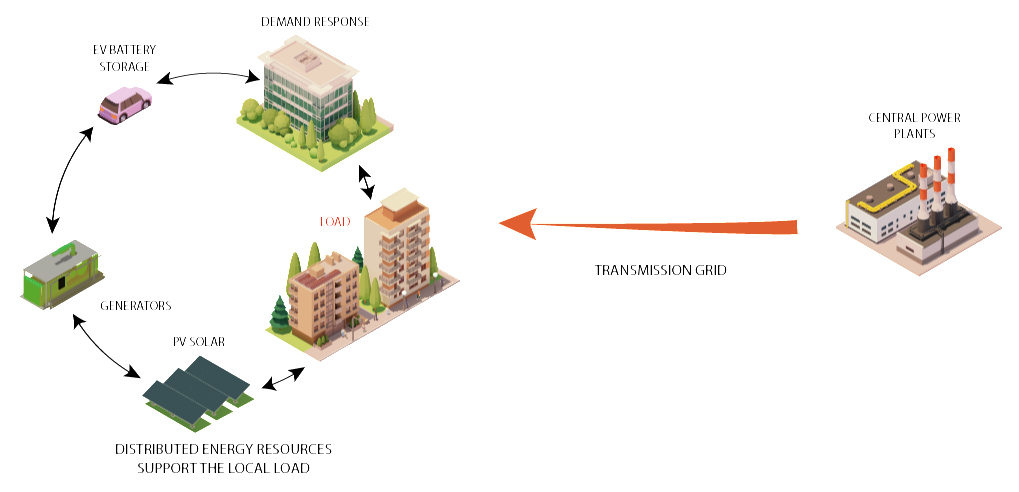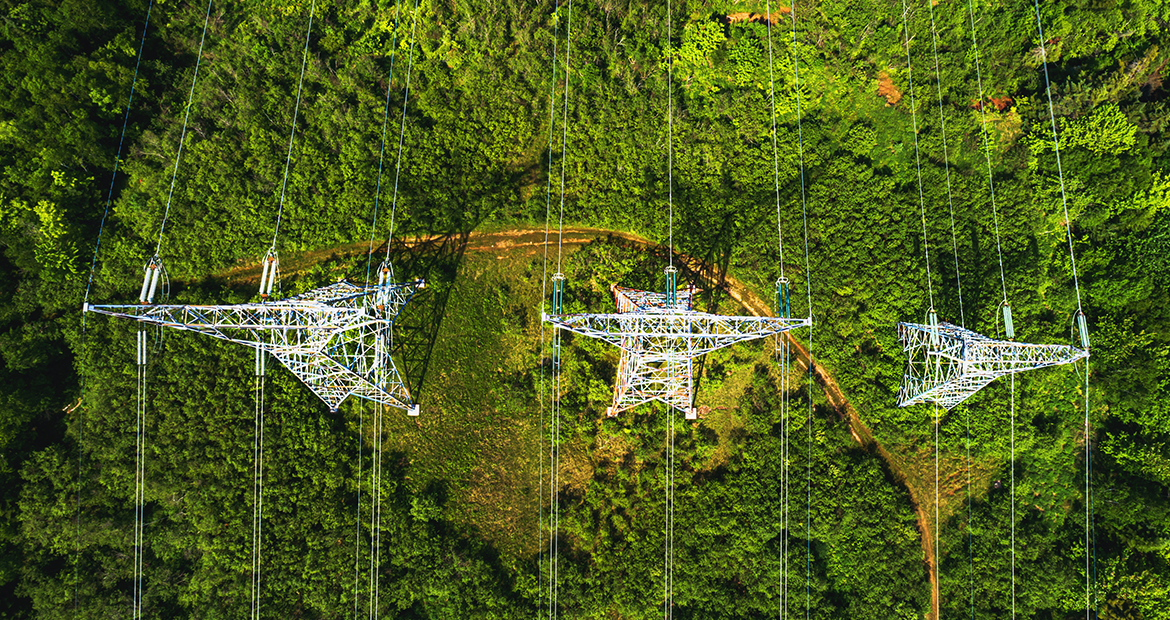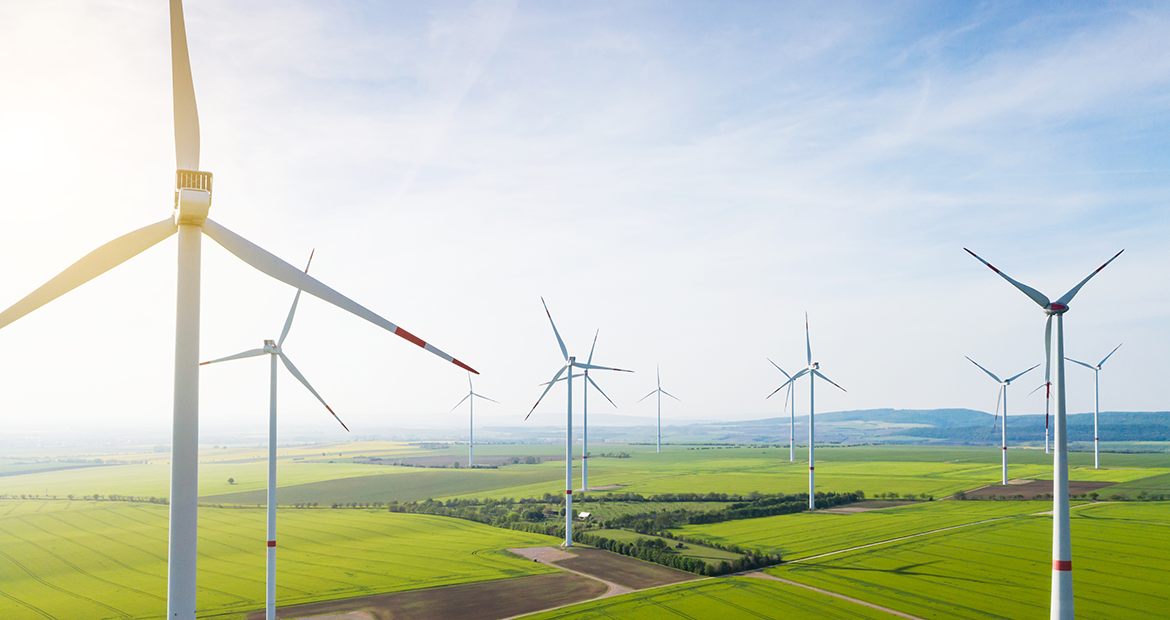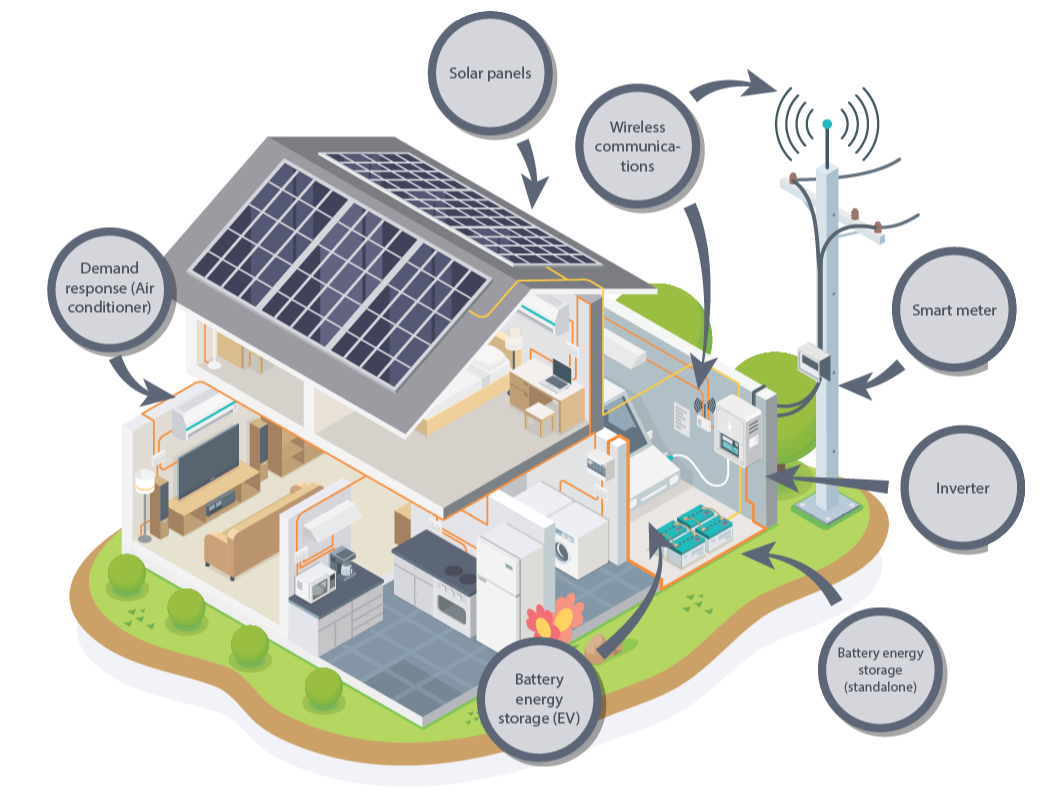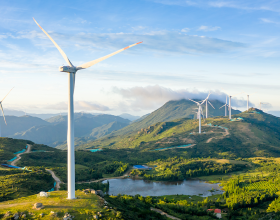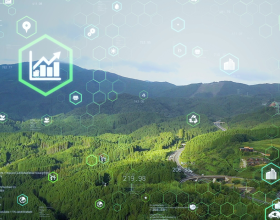Distributed energy resources, or DERs, are increasingly popular among utilities and wholesale electricity market participants.
DERs are a category of power generation resources defined by their size and their location. Definitions vary, but few physical DERs would be larger than a couple of megawatts. Diesel or natural gas generators, microturbines, run-of-the-river hydro units, solar arrays, wind turbines, and battery energy storage units are common sub-megawatt DERs. For more on this, check out what are Distributed Energy Resources and how do they work.
DERs, being smaller in size than traditional power plants, have lower permitting requirements, use less land, and don’t involve extensive infrastructure upgrades.
Crucially, many DERs are already there. DERs can be found within microgrids, central generation networks, and beyond. Numerous homes and businesses are now equipped with battery energy storage units or backup power generators designed for their own use. Increasingly, utilities and DER aggregators incorporate these assets in virtual power plants that support the wider electric grid. From a utility’s perspective, installing the communications upgrades and software platform needed to effectively control these existing assets as a virtual power plant is easier, less expensive and faster than building an equivalent generating resource from scratch.
DERs can also be located close to load centers. Most people don’t want to live next to a power plant, so historically, power plants have been built away from cities. In most parts of the world, this has led to a power grid development model where large remote power plants are connected to customers via long-distance transmission lines. These transmission lines are limited in capacity, creating a variety of constraints which utilities and grid operators must carefully manage. It’s not enough to generate electricity—the electricity also needs to be delivered to consumers.
DERs, in contrast, can be deployed and located in densely populated areas. Residential energy storage units, for example, are found in population centers. Likewise, demand-response DERs are usually provided by factories located in industrial areas and, increasingly, by homes located in residential neighborhoods.
Different types of distributed energy resources are available for these various application scenarios.
Their unique attributes mean strategically placed DERs can deliver attractive benefits in return for a relatively small investment. These benefits can be categorized as follows:
Benefits of DERs: Transmission and distribution deferral
DERs located within or close to cities are not subject to transmission constraints in the same way remote power plants are.
On the contrary, alleviating transmission and distribution constraints is one of the top reasons why utilities deploy DERs. This is known as transmission deferral, or distribution deferral. When, for example, a small city grows, there comes a time when existing transmission lines are no longer sufficient to carry all the electricity needed. Traditionally, a new transmission line would be built.
Deploying DERs within city limits provides an alternative. A comparatively small investment in DERs can result in enough locally available capacity to sustain the incremental growth of the city for a few years.
The additional capacity allows the utility to defer the construction of new power lines for a number of years without compromising the reliability of the city’s power supply. From a financial point of view, delaying such a major investment can save the utility, and in turn the ratepayers, a lot of money.
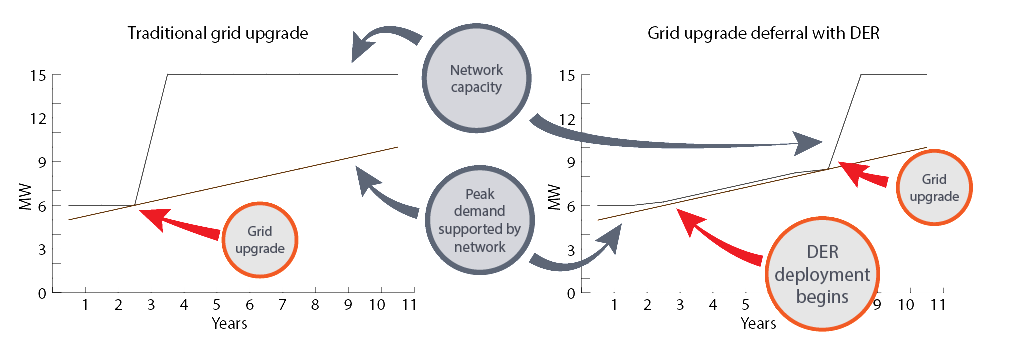
Benefits of DERs: Generation capacity and balancing
In some cases, it may be possible to avoid building a new transmission line entirely. If enough DERs are deployed within a city, the DERs can potentially shave off the peaks in the electric demand coming from the city. Battery energy storage units, back-up generators and demand response resources, specifically, are all great ways to reduce peak demand.
The result is the city overall has a flatter load profile, which is easier to support, reducing the level of investment needed in the regional electricity grid infrastructure. For example, this may delay or remove the need to build a new peaker power plant, upgrade a substation or build new transmission lines.
Peak-shaving assets are in especially high demand in areas where the potential for renewable energy such as solar or wind power is good. In some of those areas, the rapid growth of solar and wind power—under both distributed and centralized models—has made it very difficult to balance the electric grid. Solar and wind power resources are inherently intermittent, so other resources are needed for balancing them out.
To simplify, for every megawatt of solar capacity on the grid, another megawatt of non-intermittent capacity needs to be available for cloudy days and for evenings—this is what peak-shaving resources do.
Benefits of DERs: Ancillary services
Ancillary services make up the third category of DER benefits.
Making sure consumers receive distortion-free AC current, with a frequency of exactly 50 Hz and a voltage of exactly 120V is not a simple task. The utility or the grid operator relies on a set of specialty service resources to achieve the required quality of service.
For example, if a frequency deviation is detected on the grid, the system operator may request the intervention of frequency control resources. Frequency control resources can be power generation or demand-response resources. By adding or removing a small amount of power from the grid, they return the grid frequency to its nominal value.
Ancillary services have been traditionally provided by large production units such as coal power plants. In recent years, however, DERs have emerged as valid alternatives for certain categories of ancillary services.
Some categories of DERs, for example, are great at providing fast response services such as fast frequency control. At best, large thermal power plants take several minutes to start up or ramp up when responding to frequency control calls. Battery energy storage units, in contrast, can respond in milliseconds.
Likewise, residential demand-response resources can provide load reductions in seconds or less.
In some areas, DERs have been so successful they have almost entirely displaced traditional power generation units for certain categories of ancillary services. In the United Kingdom, for example, more than 90% of ancillary service capacity contracts awarded by the grid operator in the past several years have gone to aggregated demand-response resources, energy storage units, or hydroelectric power plants. DERs may thus have contributed, in an indirect way, to the retirement of coal and gas-fired power plants, which previously subsisted by offering ancillary services to the grid.
Sign up below for Energy IQ to receive energy focused insights in markets ranging from data centers and healthcare facilities, to schools and manufacturing facilities, and everything beyond.




.jpg?itok=ROReAVyo)
